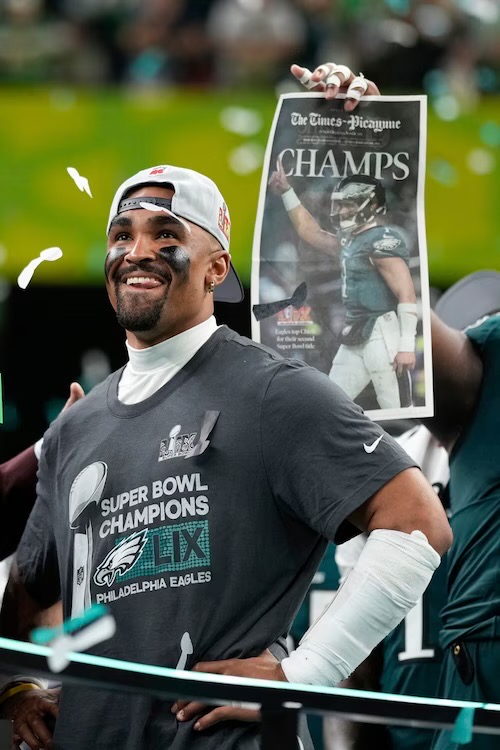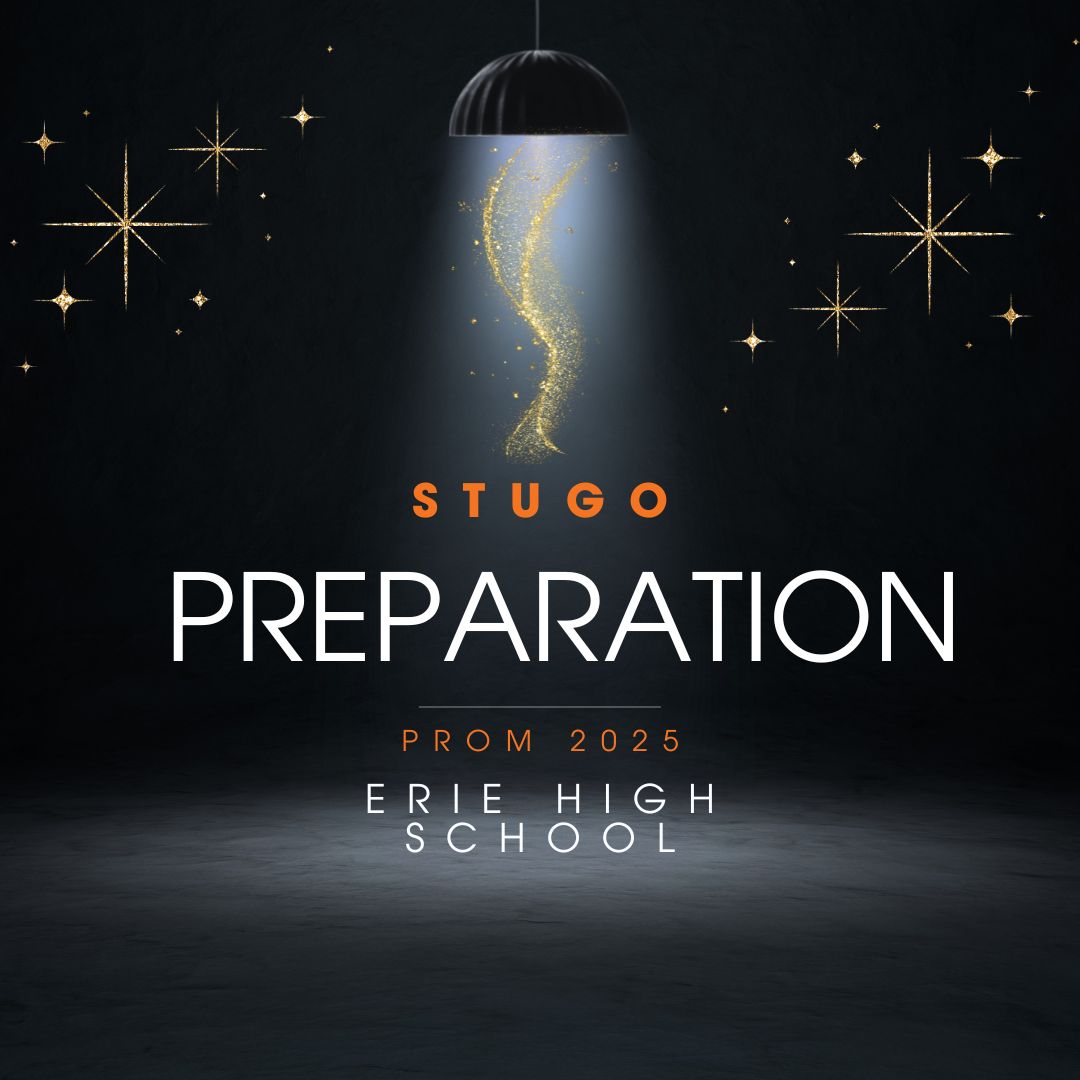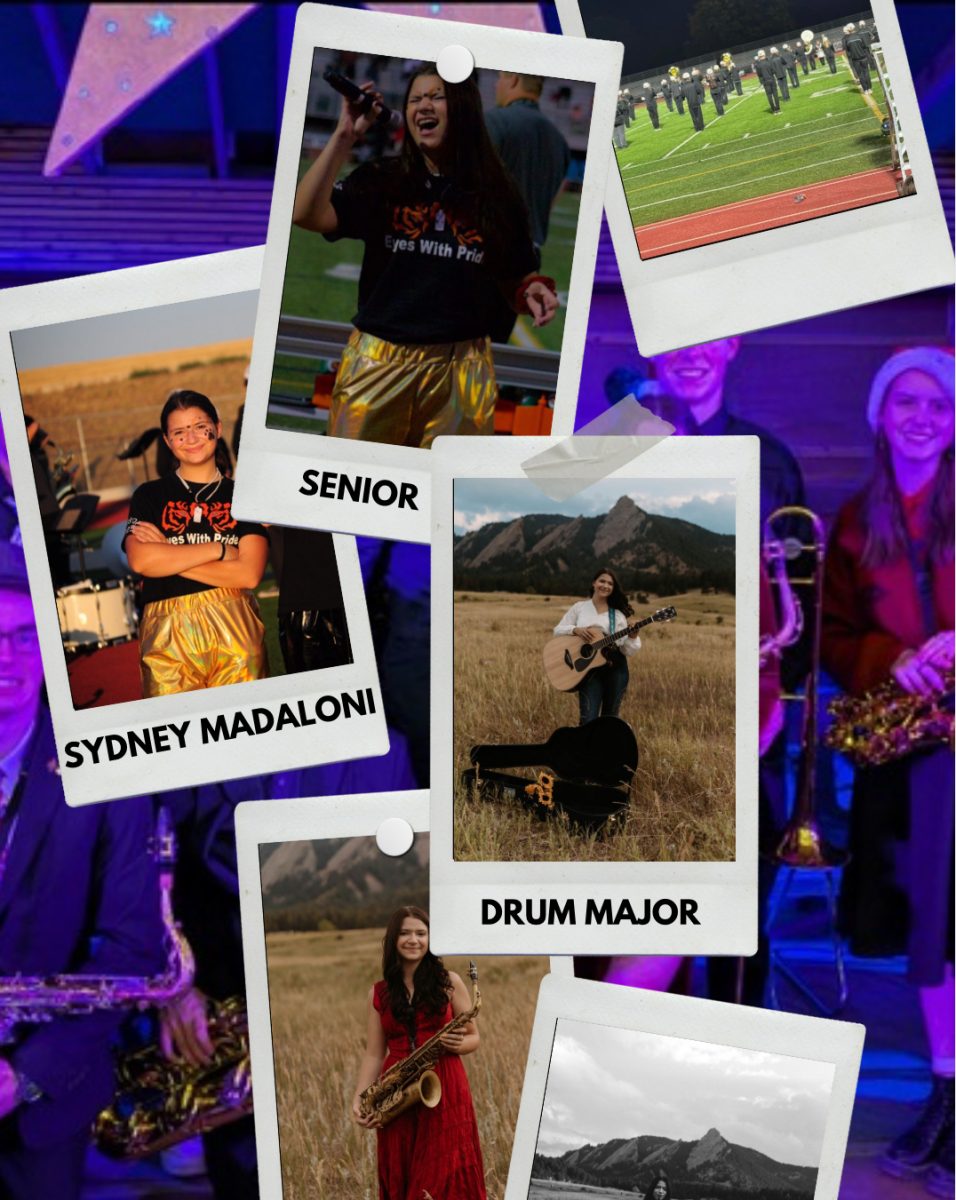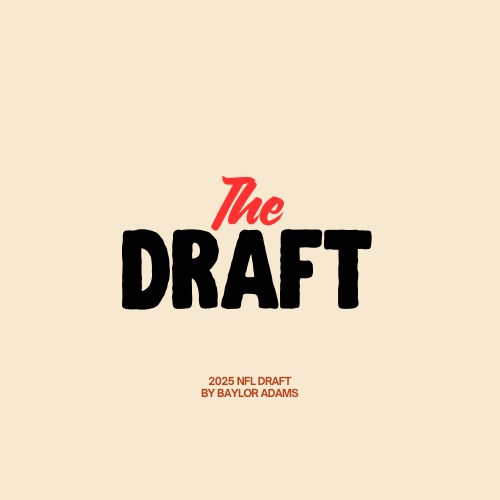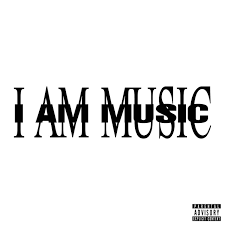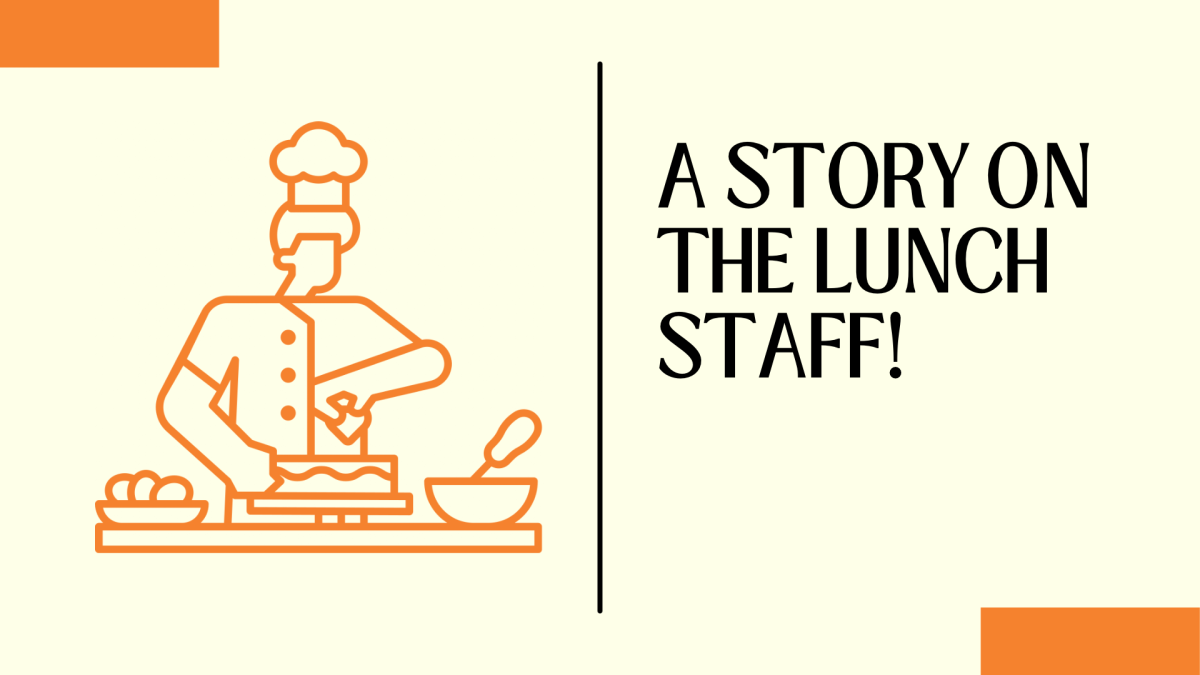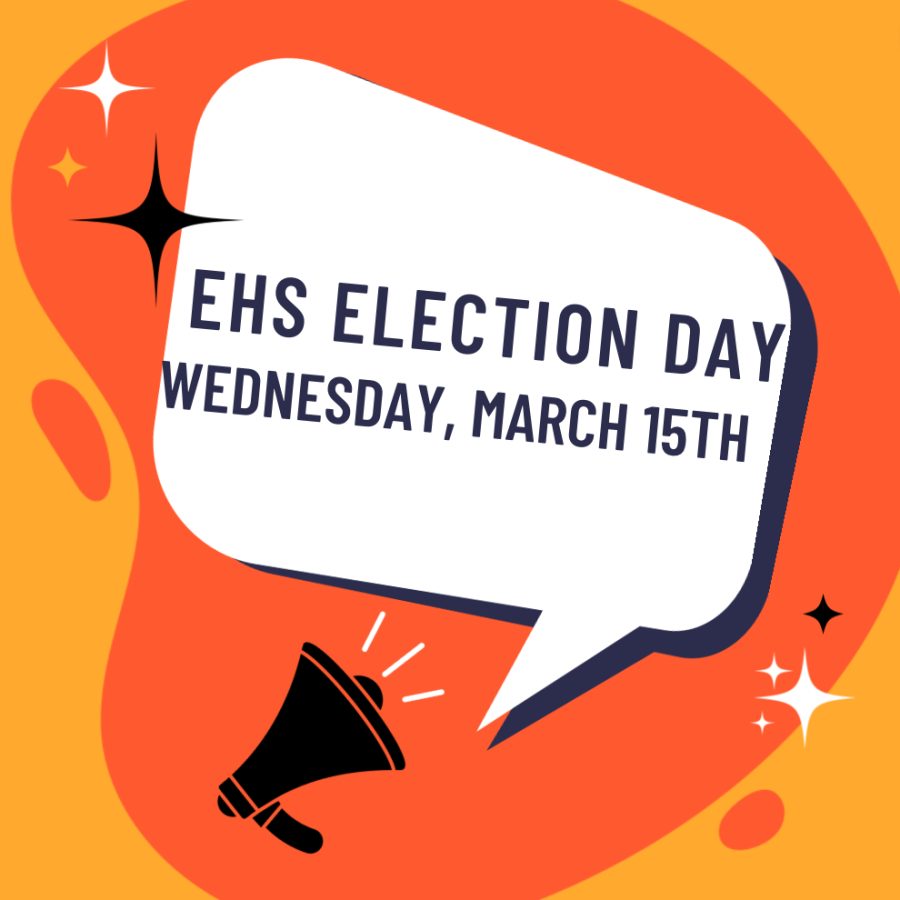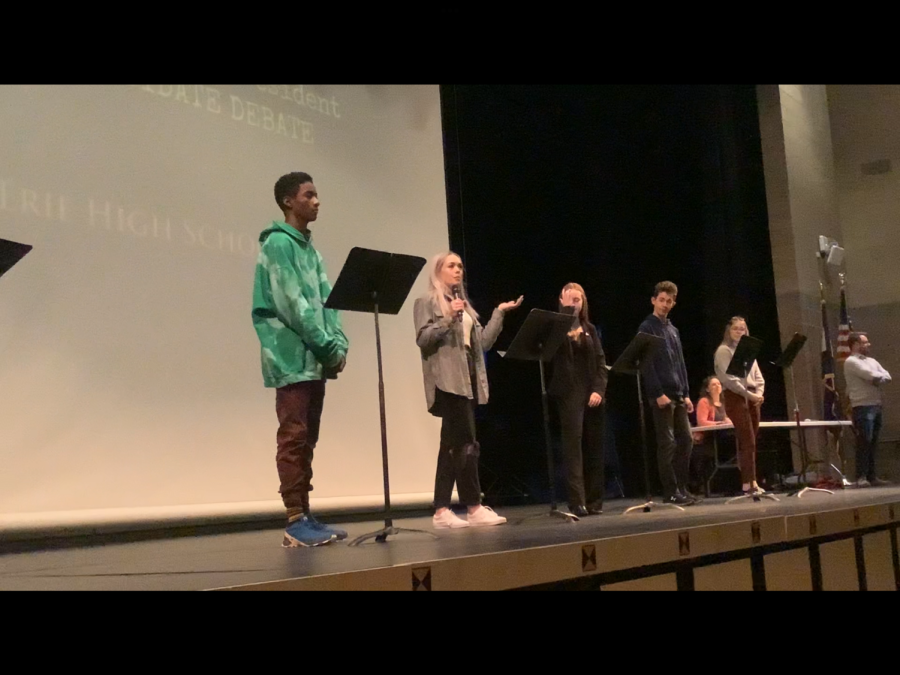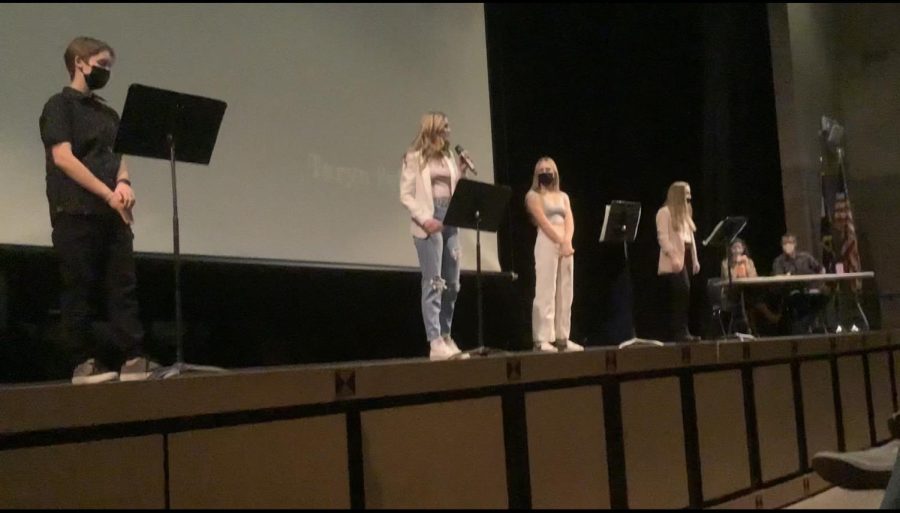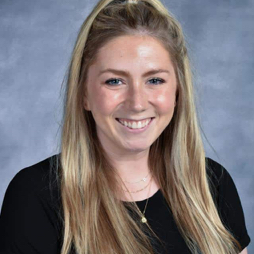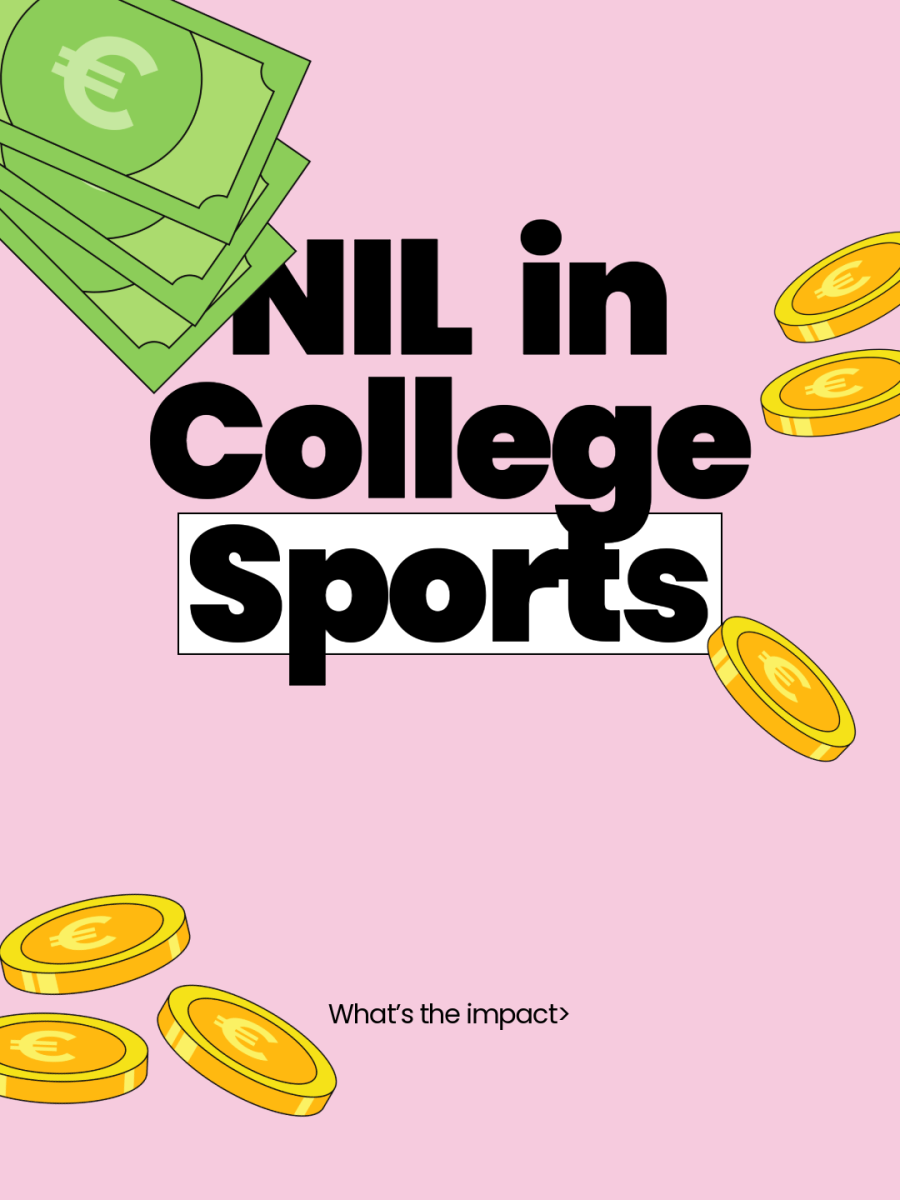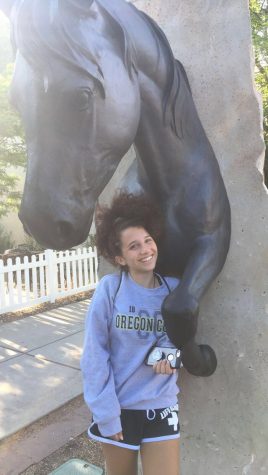ASL: The Other Second Language
The growing importance to accept ASL as the true language it is
December 15, 2017
Think of how you communicate everyday; through speech in our own way that is familiar to us, usually called a language. Many languages around the world are taught at colleges in the United States to have better communication with everyone. But there is a language that is not considered, even with the population being quite large; Sign Language.
Sign language is a language used among those that are deaf. To be able to converse with others, people who know sign language will use various complex signs made with their hands. They also use facial expression to ensure the importance.
American Sign language (ASL), has been declined as a second language in many colleges around the country, disregarded to the fact that there are around one million deaf people in the United States with the number growing. In an interview with Kim Novak, a teacher of history and ASL, Novak states, “This is a relatively new ‘formal’ language since the research of ASL in the 1960’s. William Stokoe discovered that ASL has its own grammatical syntax and structure, the same as other languages.”
Sign Language has slowly begun to take its place as a language, but can still be considered a “Minority” of languages. Novak says, “The hearing community is often unaware of the Deaf community or minority because they do not understand the core of their culture, ASL. ASL is the core of the Deaf Culture and if someone does not understand the language, they will have a hard time understanding their culture.”
In the role of ASL not being considered a second language, Holly Castillo, an ASL tutor and teacher in Florida, described the fact as “Ludicrous” especially due to the fact that many deaf students are enrolled in these colleges. Castillo believes that the language should be accepted alongside languages, such as French or Spanish.
The argument against ASL becoming a second language for colleges is that ASL is based off of English for both writing and speaking. Not only that, but the language is primarily spoken in the United States. The language has several different dialects depending on the location, more so than hearing (referring to people who are not deaf) languages.
Some people would consider deaf people as a “Minority.” Most people will see a deaf person and automatically think they are unintelligent, when really it is the opposite. Castillo states, “My ASL teacher once told me, ‘The only thing a deaf person cannot do is hear.’”
Deaf people are the same as everyone else, but are deprived of the everyday privileges we overlook everyday. ASL is a large part of these people’s lives and people that are not deaf do not see ASL as a real language when this is all most deaf people have.
It is hoped that in later years, most colleges in the United States will accept ASL as a second language, realizing the importance of communicating with everyone, no matter the challenges.
Novak states, “They speak a different language just as if you were meeting a person who spoke another foreign language.”
As the years go on since the establishment of the language, people are becoming more aware of it and acknowledging it. More colleges are accepting ASL as a language and are even teaching it.
Castillo says, “I wish people knew that gestures are not Sign Language. Flipping someone off is a gesture, not a sign.”






